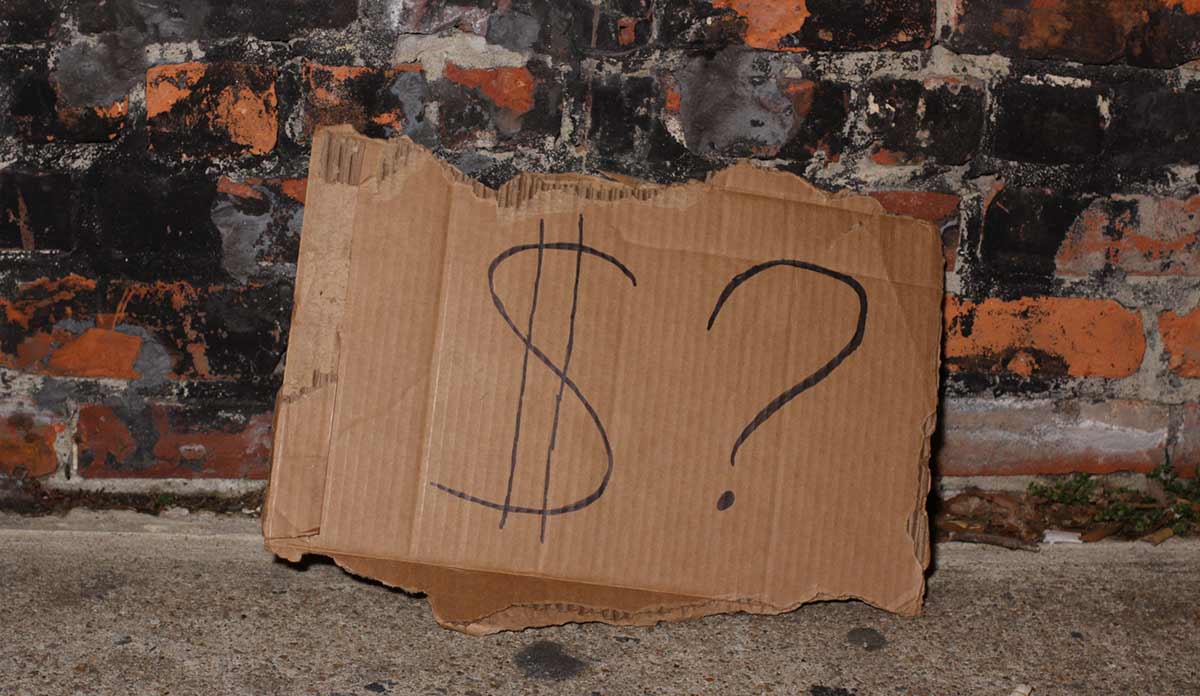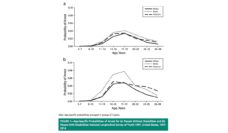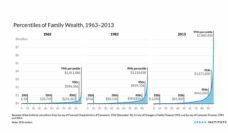In a 2014 testimony, Robert Reich described widening income inequality as a “threat to economic growth” and a “threat to our democracy.” Representative Keith Ellison echoed this concern, comparing the threat to democracy caused by income inequality to that of “Jim Crow segregation.”
Income inequality describes the uneven distribution of income within a population. Studies have found income inequality to be associated with adverse health outcomes. One study found that those living in areas with greater income inequality were more likely to die before reaching 75 years old than those living in areas where income was distributed more equally.
A study by Dr. Andrea Christopher of the Boise Veterans Affairs Medical Center and colleagues assessed how household medical expenditures affected income inequality in the United States.
Essentially, this means that medical spending redistributed nearly 1.5% of income from poorer individuals to wealthier individuals, increasing income inequality.
The Gini index was used to measure how income is distributed. The Gini index, also known as the Gini coefficient, ranges from 0-100. A Gini index of 0 means that every single person within a country has the exact same income. A Gini index of 100 means that all the income in the country is going to one person. According to the CIA World Factbook, Lesotho has the highest Gini index of 63.2 and Finland has the lowest of 21.5.
The researchers calculated the Gini index both with total family income and again after household medical spending had been subtracted out. They also calculated how household medical spending affected people’s poverty levels.
Using data from 2010, the researchers calculated a Gini index of 46.77. After subtracting out household medical spending, the Gini index jumped to 48.22. Essentially, this means that medical spending redistributed nearly 1.5% of income from poorer individuals to wealthier individuals, increasing income inequality.
The data from 2014 showed an increase of 1.37 in the Gini index after household medical spending was subtracted out, a slightly smaller shift than seen in 2010. Researchers note that this may be due to the implementation of the Affordable Care Act.
Nearly 4 million were in “extreme poverty range” (50% of the federal poverty line) after their medical expenditures were accounted for.
In 2014, over nine million Americans were classified “near poverty” (150% of the federal poverty line) after accounting for medical spending. Over 7 million fell beneath the federal poverty line after medical expenses were subtracted from their income. Nearly 4 million were in “extreme poverty range” (50% of the federal poverty line) after their medical expenditures were accounted for.
Insurance premiums, deductibles, and copays aren’t generally based on income, meaning that poorer people are using a higher percentage of their income for insurance. This worsens income inequality and leaves more people in poverty. The researchers note that medical expenditures might increase as a result of new Republican policies being proposed or implemented across the country, such as ending cost-sharing subsidies that are part of the ACA.
Proposed ideas to lessen the widening gap between the rich and poor include a government jobs program, improving public education, and increasing the minimum wage. Income inequality is a complex problem, but making no moves to combat it guarantees that many people will be left in poverty.
Feature image: Eli Christman, Beggar’s Sign, used under CC BY 2.0













